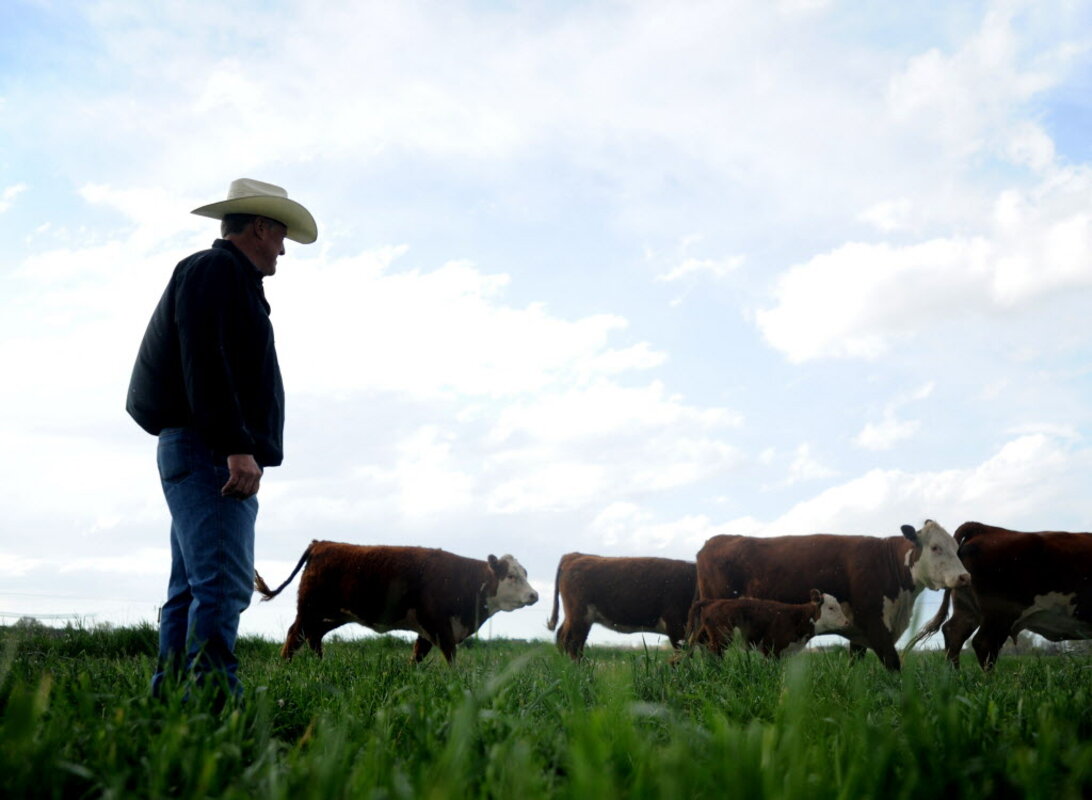Is digital farming the future of food?
Loading...
At the Massachusetts Institute of Technology (MIT) Media Lab, a team of engineers, architects, urban planners, economists, and scientists are on a mission to revolutionize—and more specifically, digitalize—agriculture. They are on a quest to awaken the farmer in every global citizen, to equip him or her with desktop-sized computers that can generate specific soil-less environments for plants to grow in, and to create a common global platform for farmers to save, download, and replicate entire climate formulas from any part of the world. Their question is: why import food from thousands of kilometers away when one can import the climate itself in which the food was grown?
This is the ambitious vision of MIT Media Lab’s , an open-source agricultural research lab founded and directed by . The idea took hold on Harper’s trip to Japan in 2011, soon after the Fukushima nuclear disaster, when the toxified land and environment presented a threat to traditional outdoor farming. Of course, the outdoor environment could not be controlled, but he asked if there was a way to control environmental conditions indoors to grow safe and nutritious food. And the idea of computerized food production was born.
In response to the ecological, social, and health degradation associated with the industrial model of food production, OpenAg advocates for an , computerized food system that would account for environmental and socio-economic effects of food production. It would provide a networking platform for farmers around the world and allow them to share agricultural know-how and carefully engineered climate plans to produce the freshest, most optimal foods locally. At the core, OpenAg emphasizes a transparent, collaborative, experimentative, and innovative food system.
Harper and team developed the as the control center of the digital farm. As small as any desktop personal computer, the Food Computer uses soil-less agricultural technologies like �����Ի��� to control and monitor the climatic conditions inside of a plant-growing chamber. It allows for the computerized regulation of variables like carbon dioxide, air temperature, humidity, dissolved oxygen, potential hydrogen, and more. Operational energy, water, and mineral consumption can also be adjusted to create particular conditions within the chamber.
Each specific set of climatic conditions is called a , and each climate recipe would produce plants with unique physical qualities of color, size, texture, yield, nutrient density, etc.
Speaking at a in Geneva in December 2015, Harper explains, “When you say, ‘I like the strawberries from Mexico,’ you really like the strawberries from the climate that produced the expression that you like. So if you’re coding climate—this much CO2 , this much O2 creates a recipe—you’re coding the expression of that plant, the nutrition of that plant, the size of that plant, the shape, the color, the texture.”
OpenAg hopes that the open-source structure of this production system would allow individual farmers to contribute to a data library of climate recipes which can be accessed, improved, and scaled by other farmers across the world, for free, and with just a few clicks of a mouse. Similarly, OpenAg envisions an , a comprehensive database storing information on environmental inputs and species-specific phenotypic outputs.
To launch the project, Food Computers were introduced in many schools in the Boston area to encourage kids to investigate and experiment with the new food production technology.
In addition to the Personal Food Computer (PFC), OpenAg is working on developing the Food Server and the Food Datacenter, which are mid-sized and warehouse-sized units, respectively. Bigger than the PFC, the Food Server is catered to interdisciplinary researchers as well as small-scale producers in cafeterias or restaurants, while the Food Datacenter is intended for industrial-scale production.
The engineering process and a beta version of the software and hardware of the PFC are made available on the to ensure accessibility, a central pillar of the initiative. At the same time, OpenAg acknowledges that it is still in its early stages and that there is much room for modification and improvement.
Harper that the current food system is riddled with “an endless loop of proprietary practices, restricted information, and a competitive, capitalistic mindset.”
OpenAg sees the solution to these and other problems of high food miles, climate change, growing urbanization, and a reducing number of food producers worldwide to be found in an open-source, networked, and computerized agricultural system. And this, as Harper sees it, .
This article first appeared at .




